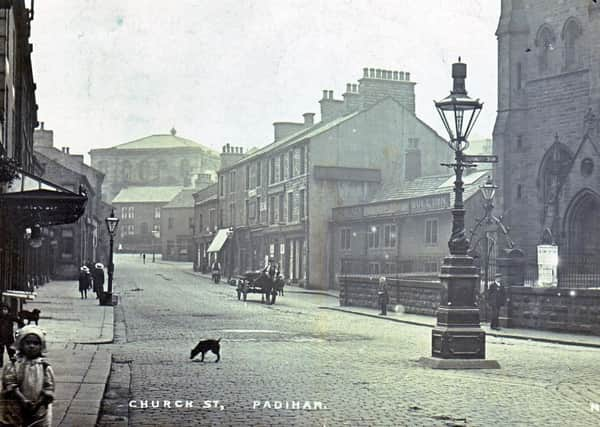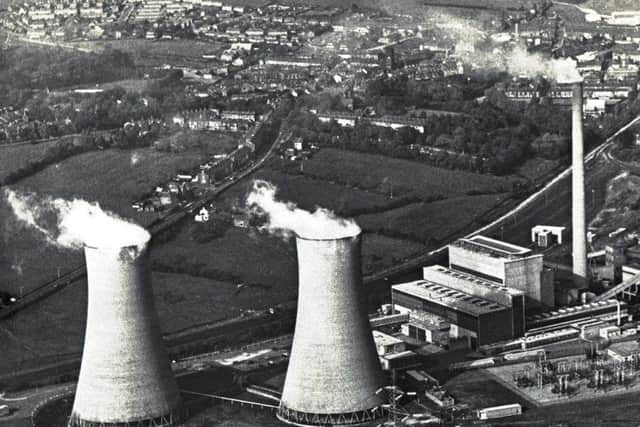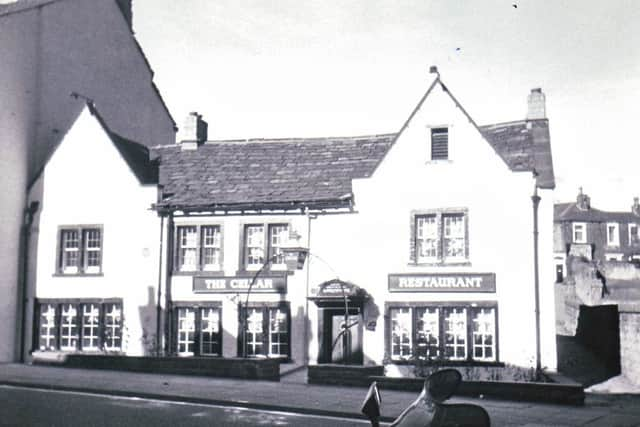A fascinating look back into Padiham's history


There was a time when Padiham was bigger than Burnley. Walter Bennett, the historian of Burnley, admits this in his well-known book about Burnley. He gives an address and ends it with the words “Burnley, near Padiham” but, in the earlier stages of the Industrial Revolution, Burnley was better placed than its neighbour to take advantage of what was happening in the world of commerce.
The new factories needed to be built in appropriate locations, though both towns benefited, and suffered, from industrialisation. Burnley and Padiham had good supplies of water and coal, but Burnley had the better building land. The old site of Burnley, near St Peter’s Church, had much the same problems as the old site of Padiham, which, again, was located near the church of St Leonard. Both towns had restricted building land near their original centres.
Advertisement
Hide AdAdvertisement
Hide AdThe difference was that, when Burnley’s centre moved the half mile, or so, to what is now the junction of St James’s Street and Manchester Road, there was a lot more relatively flat, safe building land in Burnley than there was in Padiham.


I realise residents of Padiham have had a rude awakening about flooding in the last month or so, but the areas of Padiham nearest the Calder have been subjected to flooding for years. More than that, there was a larger area of flooding, in the past, than there is now as the river overflowed from Padiham Bridge, almost to Shuttleworth Mead. It was on that land that Padiham Race Course was located and we know this low-lying bit of land was often flooded in the wetter winter months.
We also know that the site of the former Padiham Electricity Generating Station, also adjacent to the Calder, was subjected to flooding because, when it was built, special measures had to be undertaken to ensure the two currents – water and electricity – were kept apart! Of course, the river was needed to cool the great cooling towers which you can see in one of the images.
However, it was to these low-lying areas, close to the Calder, that Padiham largely relocated in the 19th Century. The rest of Padiham, as you will appreciate, is quite hilly. It was there that the original town developed and it is there the oldest property can still be found.
Advertisement
Hide AdAdvertisement
Hide AdWhen I think of Padiham, I am afraid I do not think of its wonderful town hall. My mind turns, among others, to the delightful residential properties of Padiham Green and West Street. I have included several of my favourite Padiham buildings in this celebratory article. They include The Cellar Restaurant, formerly an inn and, after that the offices of a legal firm, on Church Street, together with a photo taken, over 20 years ago, by myself. It is a portrait-shaped view of St Leonard’s, which also shows a bit of The Cellar.


I have also included two images of Padiham’s famous Whit Walks. These were taken just 100 years ago, in 1907, and are the work of the local photographer, Richard Broughton, who published them as postcards. Broughton was not a Padiham man. When working in his photographic business, he lived in the Padiham Road area of Burnley. However, we know these photos are by him because of the distinctive descriptions on both cards. One is easier to read than the other but the hand-written description of the location, and event, is typical of Broughton’s work. In fact he should be better known than he is as he produced a lot of really good images of the Burnley and Padiham areas.
So, if you and your family have Padiham connections, or if you know of an old resident of the town who has been enticed to some other location, you will want a copy of Jack’s book. It is entitled, “History of Padiham”, by Jack Nadin and it is published by Nu-Age Print and Copy, 289 Padiham Road, Burnley, BB12 0HA. The ISBN is 978-1-911138-00-6 and the cost is £10. The book is on sale at Padiham Post Office and the Hardware Shop, both of which are in the centre of Padiham.